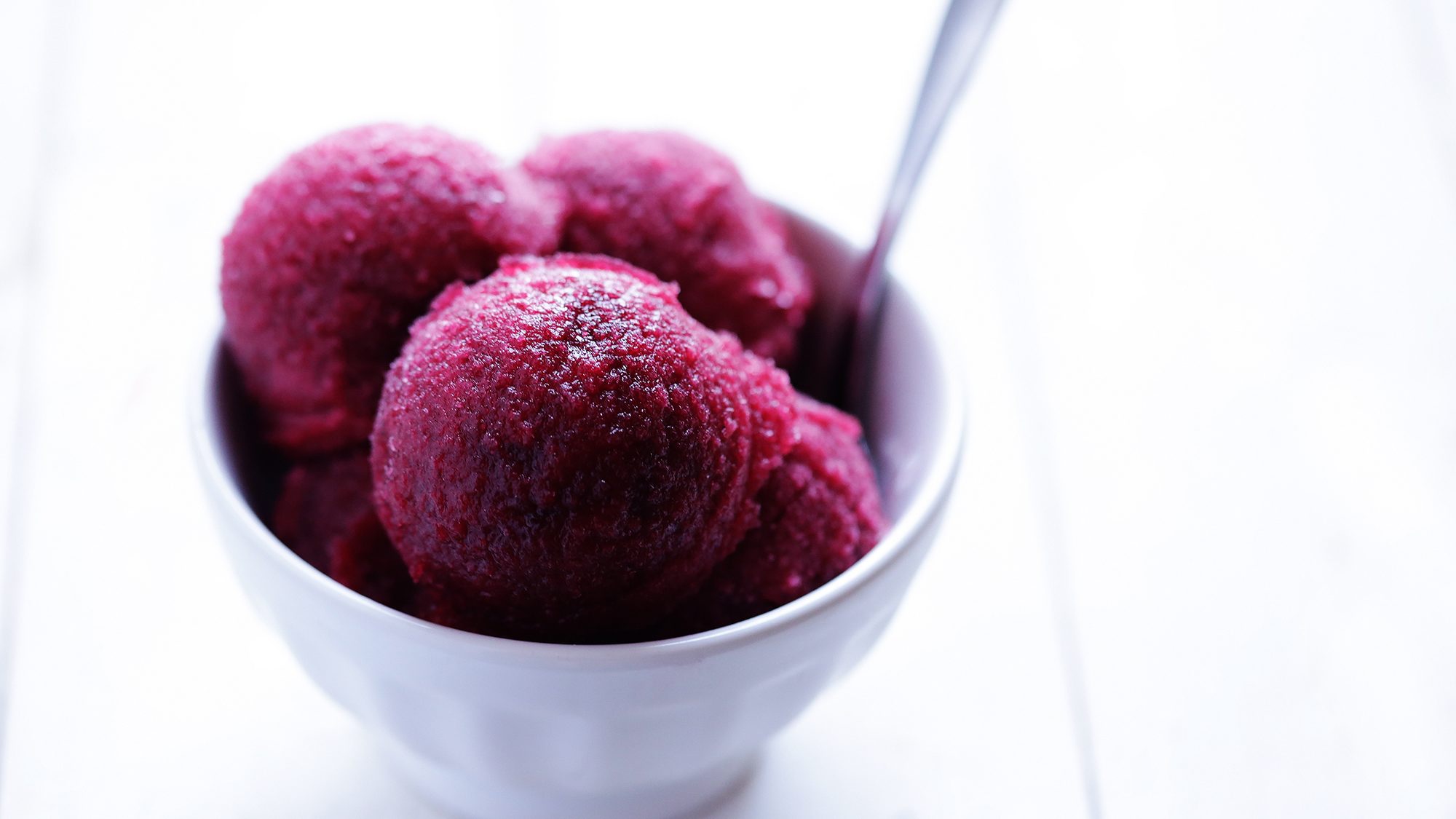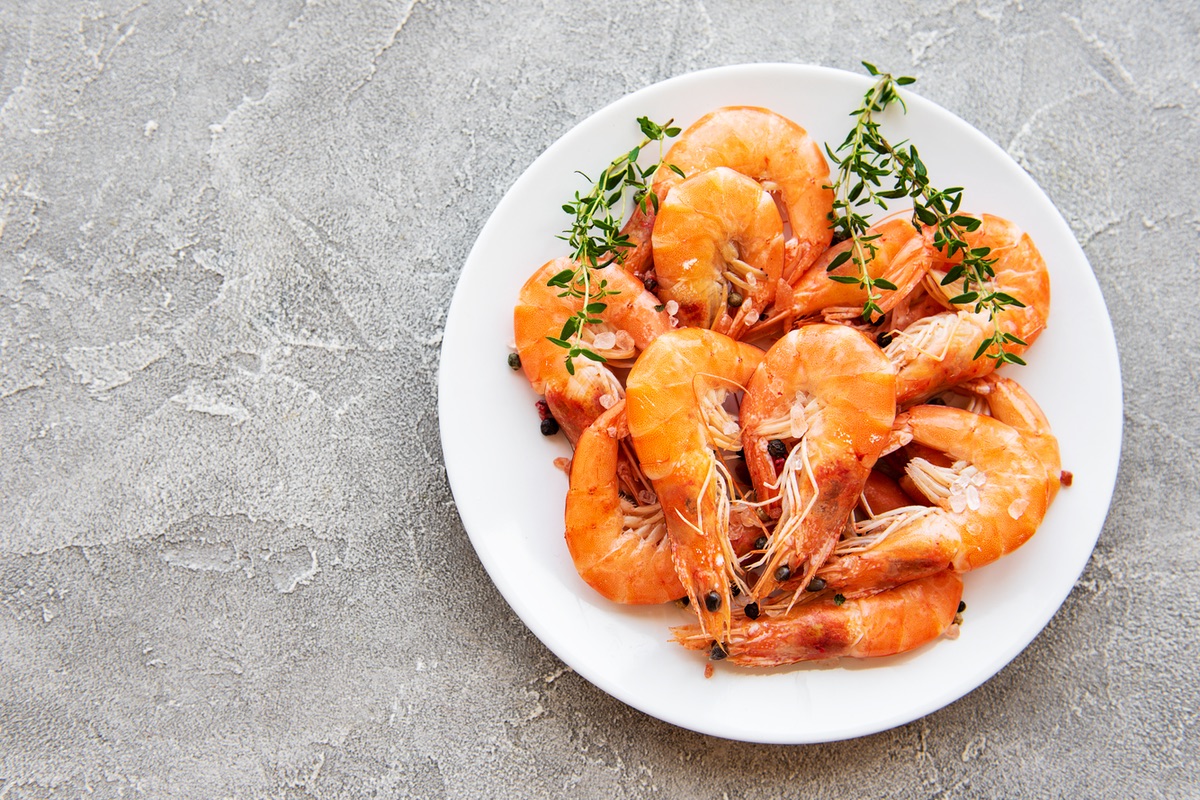Gravy—you slather it on turkey and pool it on top of mashed potatoes. You let its rich and meaty flavor mingle a little with sweet potato casserole and sop up what's left over with a dinner roll. No Thanksgiving dinner is complete without a good old-fashioned gravy. To give you the best shot at success, here are six common mistakes that make gravy less than perfect and how you can fix them.
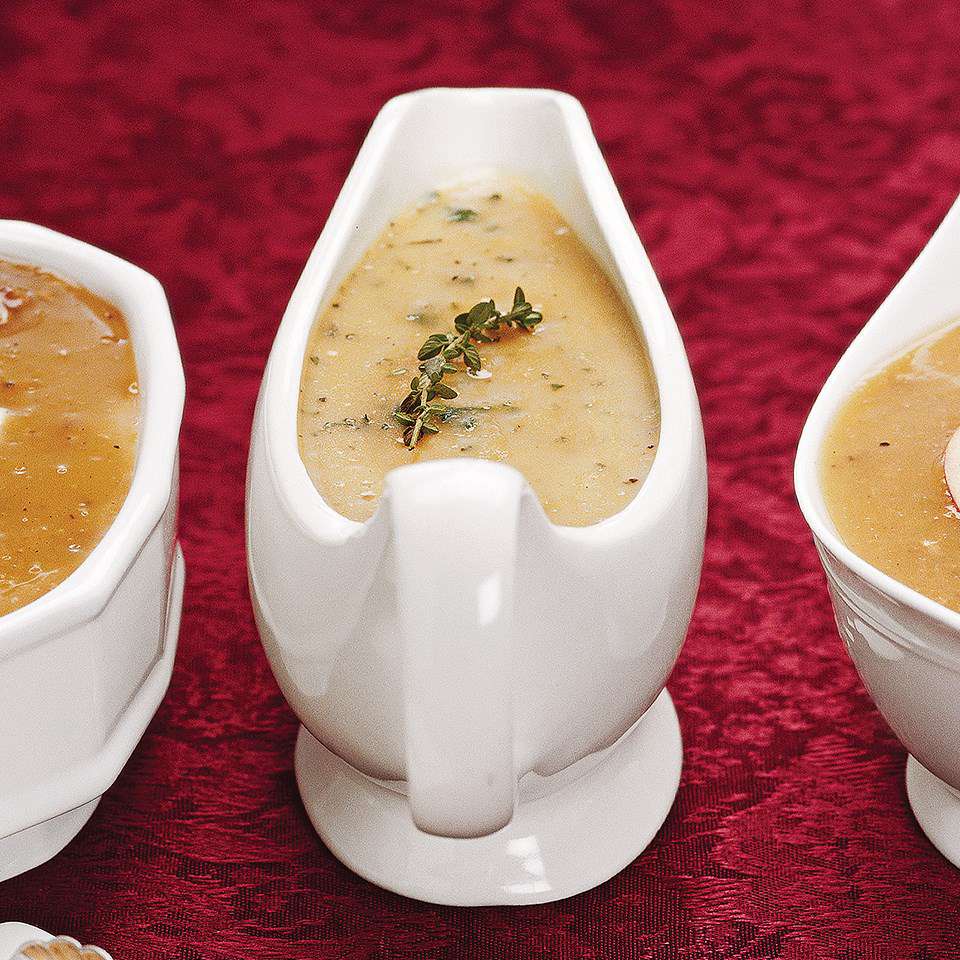
Mistake to Avoid #1: Your Gravy Has Lumps
Nobody likes lumpy gravy. Reasons for lumpy gravy include using a spoon to stir instead of a whisk and dumping your thickener into the gravy without making a roux first. What's a roux? A roux is a paste made from flour and fat that thickens sauces and it's essential to a good gravy. You can make it with fat from the bottom of the roasting pan, butter or oil. Aim for one part fat to one part flour. Heat the fat in a saucepan or directly in the roasting pan. Add the flour and cook, stirring, until the mixture begins to bubble. (the longer you cook it, the nuttier the flavor—just don't take it too far or it will burn). Once your roux is nice and bubbly, add your liquid and whisk (don't stir!) until the mixture bubbles and thickens. Crisis averted. Now, just in case you ignore the whole roux making step and you have a finished gravy (with lumps), all is not lost. Pouring the gravy through a fine-mesh strainer should do the trick.
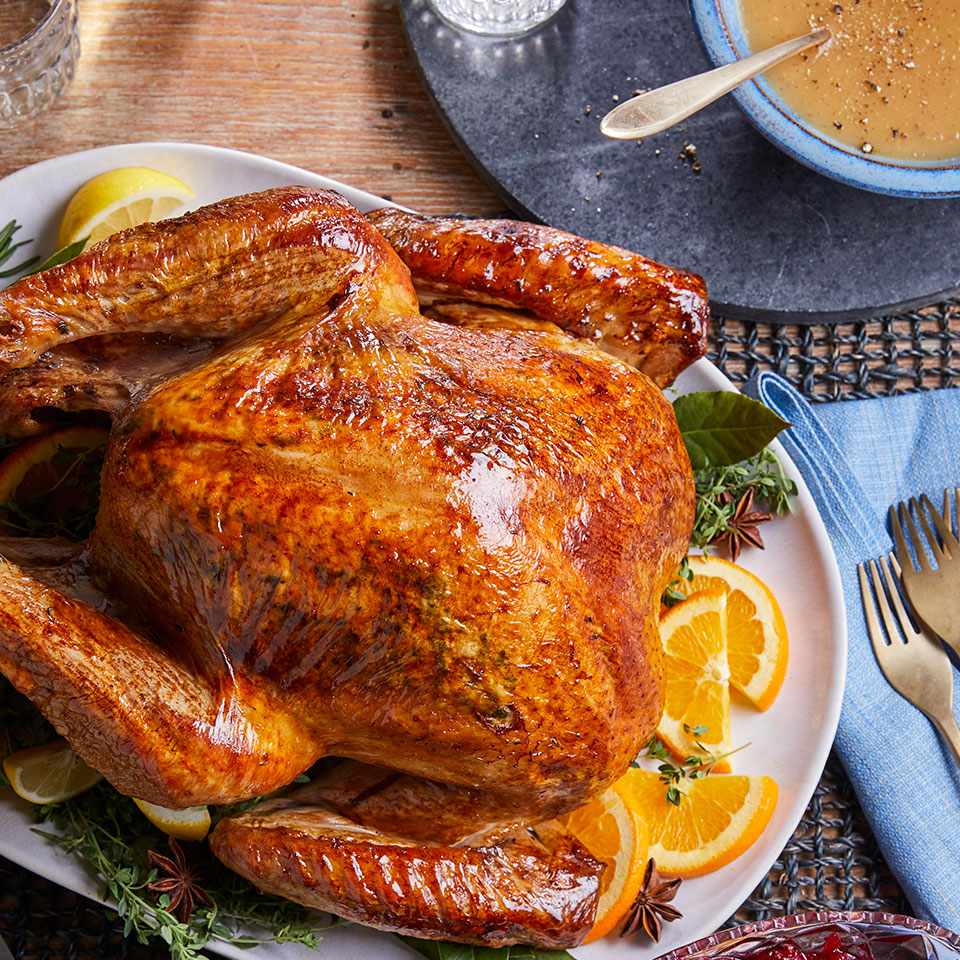
Mistake to Avoid #2: Your Gravy Is Too Thick
So you made a delicious gravy except it's too thick. It's gummy in fact, and you're not quite sure where you went wrong or how to fix it. No problem! One mistake that can result in gravy that's too thick is adding too much thickener (or too little liquid). Another mistake is not taking into account the fact that gravy tends to thicken as it cools. When it's hot, gravy should be thick enough to just coat the back of a spoon, but not so thick that it sticks to the spoon like glue. If your gravy is hot and still too thick, add broth a little at a time to thin it out. Remember to check the seasoning when you're done and adjust if needed.
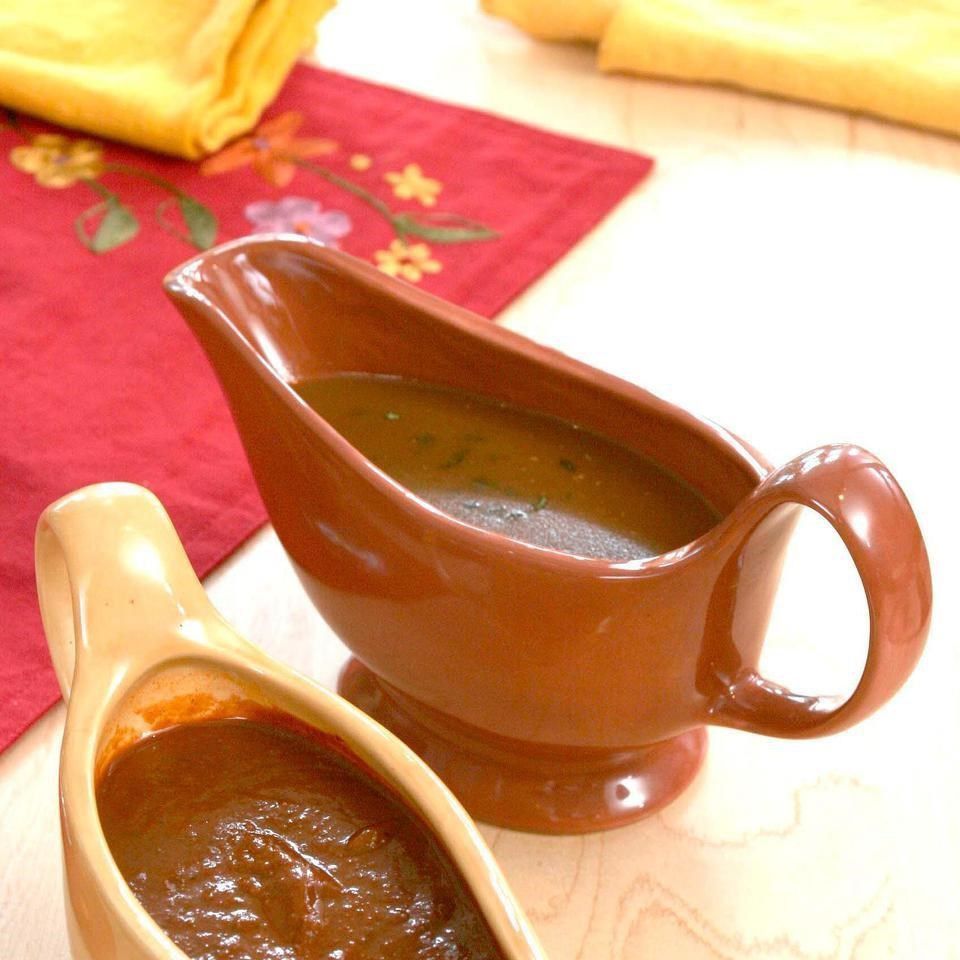
Mistake to Avoid #3: Your Gravy Is Too Thin
Gravy's job is to coat mashed potatoes, turkey, stuffing (or everything) on your plate with a thin layer of meaty goodness and it can't do its job if it pools at the bottom of your plate like water. If you started with a roux and your gravy is just too thin, there are a few things you can do to correct it. If you added too much liquid, you can try cooking it longer. Reducing the volume may be enough to thicken it up. However, if your gravy is thin and the seasoning is where you want it, cooking it down may make it too salty. Here is where you'll have to make a slurry. A slurry is much like a roux with a less attractive name and a few other minor differences. Like the roux it thickens sauces, but unlike the roux, it uses a thickener (like flour) combined with a little bit of liquid like broth or water instead of fat. Simply whisk your thickener (a couple tablespoons of flour is a good place to start) into 1/2 cup or so of liquid and then whisk that mixture into your gravy. As it heats, it will thicken.
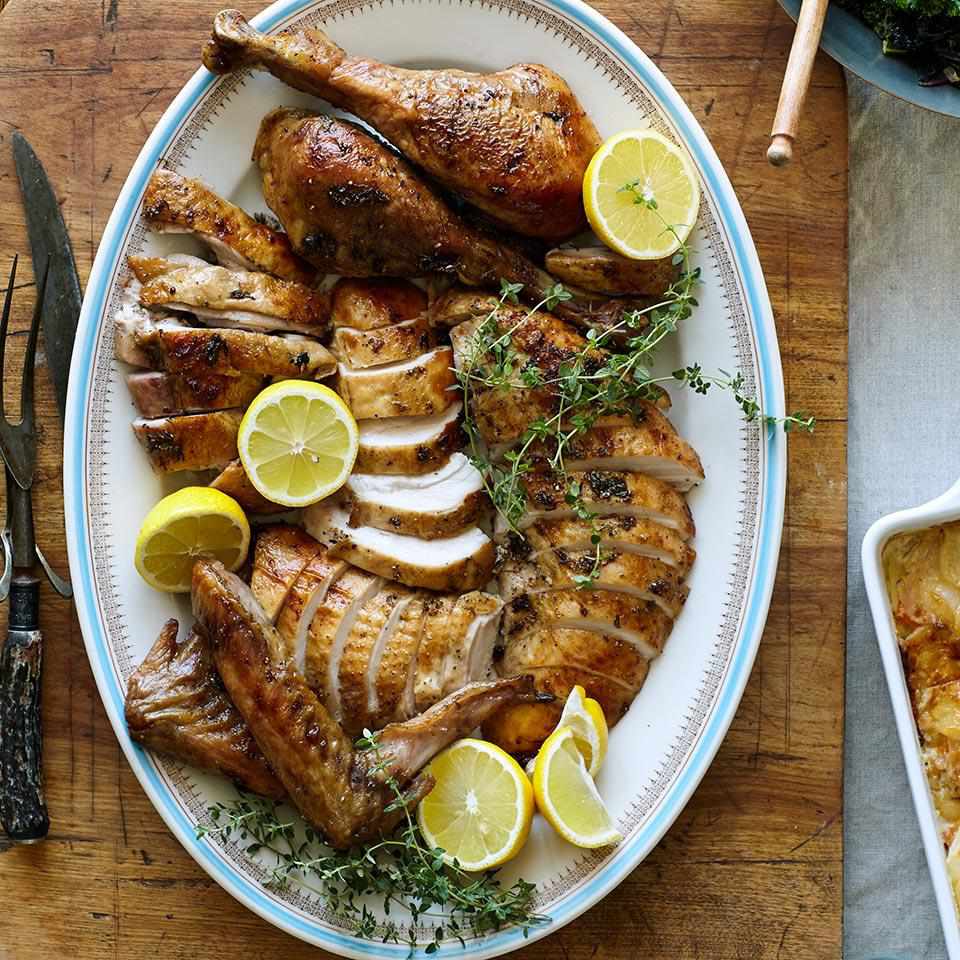
Mistake to Avoid #4: Your Gravy Is Greasy
Making gravy straight from the roasting pan is always best, but you'll need to take some steps to prevent your roasting-pan gravy from tasting like an oil slick. What we're really after from the pan are those browned bits that form at the bottom. They're a flavor power-house. You'll want them in your gravy, but not the fat that they're often swimming in. The solution? Deglaze the hot roasting pan with broth (or wine if you want to spare some) and pour the liquid into a fat separator or glass measuring cup. This will help loosen those tasty brown bits from the pan while getting rid of the fat that has also collected at the bottom. You can use the fat that floats to the top of your separator for your roux, while saving the liquid for the gravy itself. If your finished gravy is oily, let it sit and try skimming any fat that rises to the top. Whisk any fat that's left into the gravy and serve immediately.
Mistake to Avoid #5: Your Gravy Tastes Burnt
This is perhaps the worst-case scenario in world of gravy making. It happens when those delicious concentrated pan drippings burn and you decide to make gravy out them anyway. Your choices are a) Insist that the gravy tastes fine and everyone else must be crazy or b) Have a back-up plan. Let's entertain plan b…. If you're fortuitous enough you can work on plan b even before disaster strikes and here it is: Most turkeys come with a neck and a little packet of other pleasantries like the heart, gizzard and liver stuffed into the cavity. Hold onto these. If your pan is burnt, these will provide you with a much needed flavor boost for your second attempt. You can sauté them in a separate pan with a bit mirepoix (onion, carrot and celery) to create some new brown bits to work with, then simmer them in broth to add flavor.
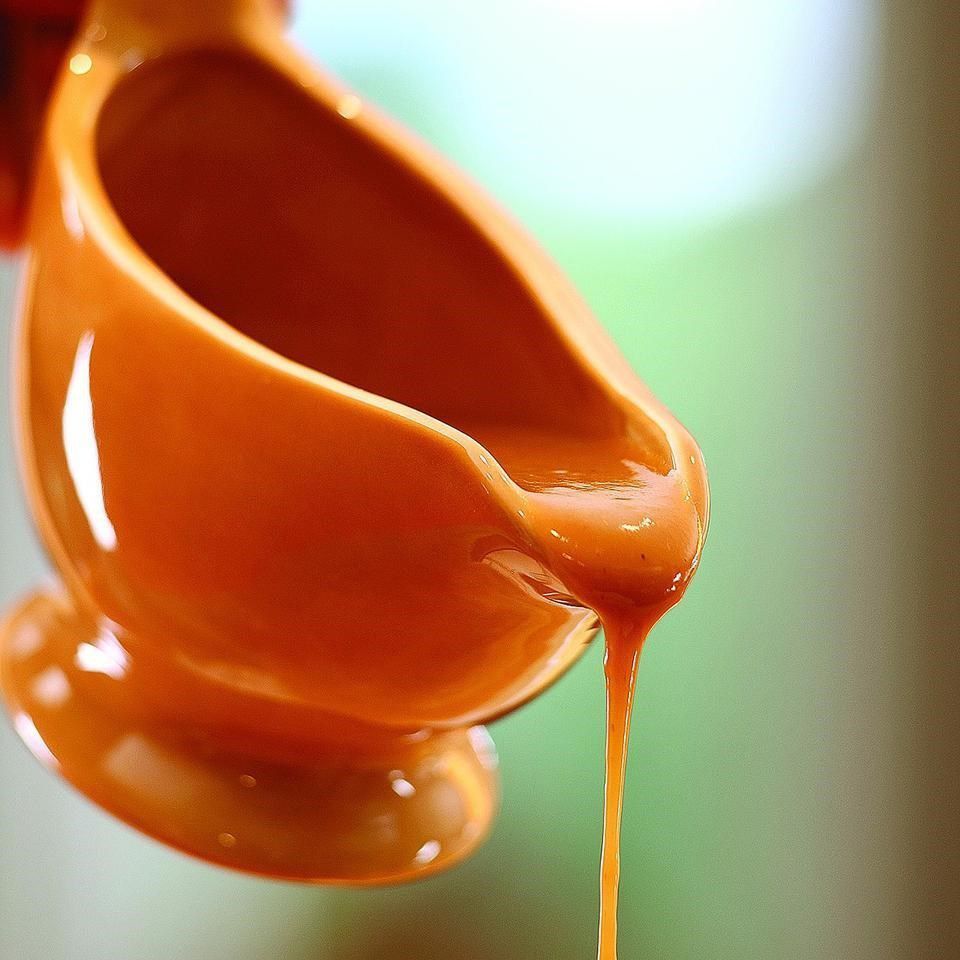
Mistake to Avoid #6: Your Gravy Is a Salt Bomb
A well-seasoned gravy complements both sweet and savory elements on the plate, but a gravy that's too salty can ruin everything it touches. As gravy cooks, it loses volume and concentrates the flavor (and hence the saltiness) of your end product. To avoid gravy that tastes like a salt lick, season it at the end of the cooking process, not the beginning. If you've got homemade broth or stock, use that as the body of your gravy. If you're using broth or stock from a box, opt for a low-sodium option. If your gravy is finished and it's just too salty, add some broth or water to tamp it down. That will also thin it out, so you may have to thicken it back up again (see: "It's too Thin" above).
This article was written by Hilary Meyer from EatingWell and was legally licensed through the Industry Dive publisher network. Please direct all licensing questions to legal@industrydive.com.



